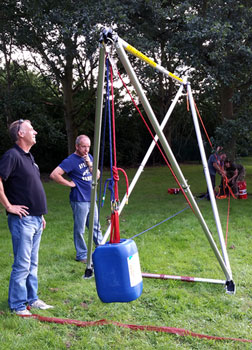

Furthermore, the care setting at EoL needs careful evaluation so that monitoring of overall well-being enables the best QoL and a dignified death. Communication with the patient and their family becomes a priority to ascertain the therapeutic choices available. 3 In the absence of multiprofessional PC teams, and to enhance better collaboration, oncologists need skills to intervene beyond oncological therapies. It is well documented that PC teams improve symptom control, satisfaction and psychological support for patients and families in hospitals, hospices and community settings, particularly at EoL.

This warrants the cessation of cancer-modifying treatments and disproportionate interventions, focusing on symptom relief and ‘whole person’ or ‘total care’. 2 Comfort care is holistic and person-centred, focusing on the interrelationship between physical, psychosocial and spiritual issues ( Figure 1). Thus, early integration of supportive care and PC in oncology is essential. This guideline will only consider the last weeks and days of life for the adult patient with advanced cancer.Īt EoL, the goal of care is focused towards comfort, offering a tailored and individualised management of quality of life (QoL) and approaching death of the patient. 1 This European Society for Medical Oncology (ESMO) Clinical Practice Guideline (CPG) refers to EoL as care for people with advanced disease once they have reached a point of rapid physical decline, typically the last few weeks or months before an inevitable death as a natural result of a disease. In palliative care (PC), the term ‘end of life’ (EoL) is commonly used but inconsistently defined.


 0 kommentar(er)
0 kommentar(er)
